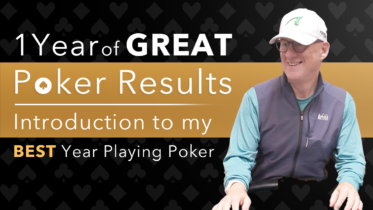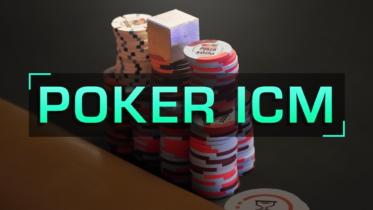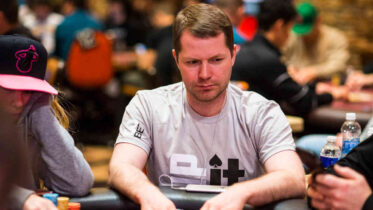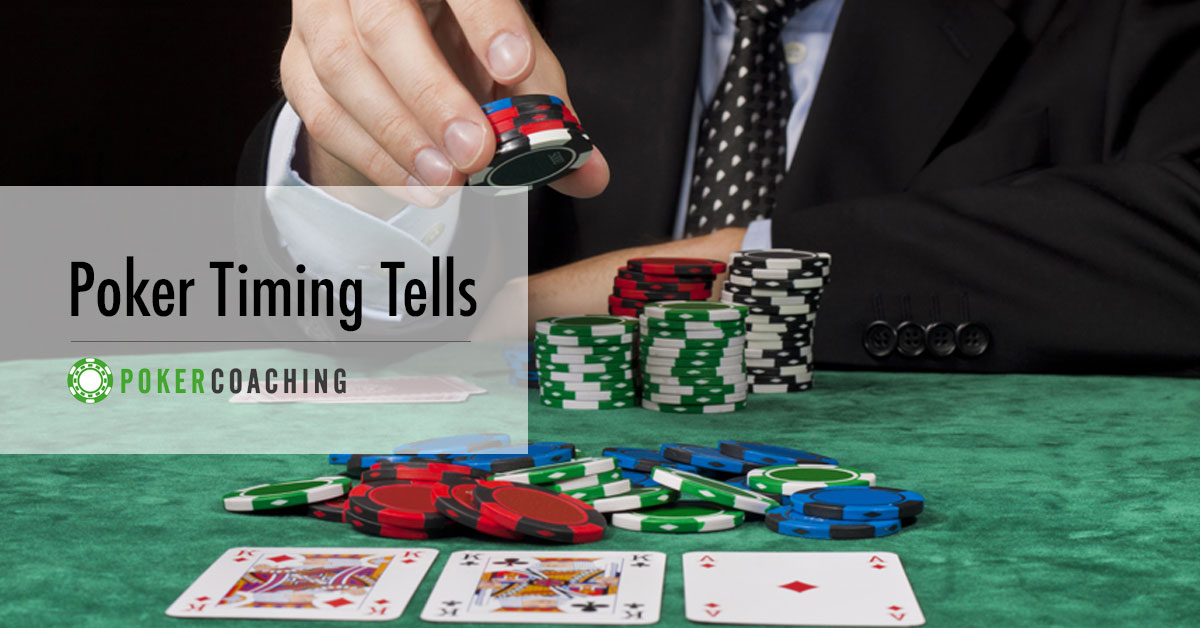Welcome to my e-book, “One Year of Great Poker Results.” This document describes my journey to becoming a winning live $5/10 no-limit hold’em player. The entire e-book is over 9,000 words, so PokerCoaching is serializing it, chapter by chapter, in its blog. That way you can read a bit, digest it, and then move onto the next chapter. If you’d like the entire document in one place, you can download the PDF.
I Just Had My Best Year of Poker Results Ever
2023 was the best year of poker results I’ve ever had. And that’s saying something, given that I started seriously studying and playing the game 40 years ago. Here’s the proof:

These are my results playing live Texas Hold’em in 2023. It’s a hair over 500 hours of play, profiting a bit under 6,000 big blinds (BBs). Most of the hours are in $5/$10 games, with smaller amounts of time at $2/$5 and $2/$3 stakes. Note that I only play live poker. Online poker is certainly a legitimate form of the game, but it just doesn’t call me. On the other hand, sitting in a pleasant live poker game is one of my great joys.
Up until the last year or two, I have never been able to dedicate the hours I needed to truly excel at the game, particularly the “No-Limit Texas Hold’em” (NLH) version. Ironically, since the NLH boom, the thing that has kept me too busy is… poker. Here’s how it all happened:
My Poker Past
Before PokerStars
I got serious with poker way back in 1983, playing limit 5-card draw lowball in San Jose, California. I was instantly hooked and began reading poker books and everything about the game I could get my hands on. This was long before the Internet was available to regular people, so resources were scarce. Those that did exist were often full of errors and myths, which I found maddening.
I started playing fixed-limit hold ’em in the late 1980’s. After a few years, I decided to write down everything that I understood about that game and put it in a book. I was determined that the book would be accurate and truly helpful to hold’em novices. Published in 1994, Winning Low Limit Hold’em became a standard reference for newcomers to hold’em.
In the meantime, I was working at my Silicon Valley software engineering job and helping raise a newly blended family. I played $6/$12 and $20/$40 limit hold’em at Garden City and Bay 101 in San Jose when I could and continued to write articles for magazines such as Card Player and Bluff. But I was never what would be called nowadays a “grinder.”
Turning Industry Pro
In 2003, I was hired to be the poker room manager at PokerStars. This was a crazy ride during the first go-go days of the poker world. I even moved to the Isle of Man for five years. That career and my family kept me immersed for 15 years. Poker was my life during that whole time, but I didn’t have much time to actually play the game. I spent much of my time with people who played a lot of poker, and I recall being jealous of them for the amount of poker they got to play.
The Pandemic and Grad School
I left PokerStars in 2019, and then spent a year decompressing from an extraordinary, but exhausting, experience working for a poker industry leader.
In 2020, when the covid pandemic descended, I had a lot of time on my hands, but like all of us, I had no access to live poker. I resolved to do a “graduate study” of poker, specifically no-limit hold’em. Rather than concentrate on the business of poker, I dove deep into what had initially drawn me in – the beauty and elegance of the game itself.

When live poker reawakened, I started putting in serious hours playing, and I established a solid cycle of play, review, study, and play some more. That effort paid immediate dividends, and 2023 was the best year yet.
Indeed, this past year felt like a poker renaissance for me. For the first time in over 20 years, I feel truly conversant in the most recent strategy theories about the game, and am persuaded that my results at the table reflect that.
Why Am I Writing All This Down?
I plan to use this document as a time capsule, to open when the inevitable downswing comes. I’ll then review how I got the excellent results I did over the past year, to steer me back to the winning path. The other reason is that I enjoy teaching and writing. It makes me happy when people tell me that they became better poker players because of something I wrote.
Embracing Change and Growth
The two biggest improvements I made – which swamped any specific strategic or tactical changes:
- I sought out experts – particularly those who were deeply involved in solver work.[1]
- I developed a willingness to abandon beliefs I had held for 20 years if those beliefs ran counter to what the experts were telling me.
Training Materials and Experts

I said that I wanted to do a graduate-level study of no-limit hold’em. Much to my disappointment, no institutions of higher learning offer such a program, so I had to find high-quality training materials on my own.
The good news is that finding quality material on the Internet is easy. PokerCoaching.com is an obvious and great choice. I also joined a hand discussion group. And I hired a personal poker coach who resonated with me.
I studied the material thoroughly. I finished all my courses. I didn’t bounce around from series to series and from training site to training site looking for a magic bullet. I just did the work, and I played a lot of poker.
Tom Peters, a childhood friend, chess master, and limit hold’em expert, puts it this way:
“Do not fear the chess player with a shelf full of chess books. Fear the chess player who has memorized one good chess book.”
Tom Peters
The results were transformative. This e-book describes the major changes in my game and my perspectives.
Abandoning Long-held Beliefs
After 40 years of studying poker, it’s not surprising that many of the things that I used to “know” about poker – particularly no-limit hold’em – have turned out to be wrong. Sometimes dead wrong. It has been a humbling journey, and I shudder to think of all the provably wrong statements that I have published over the years, albeit in full good faith.
Our psychological biases make us believe that our long-held ideas and thoughts are still correct, even in the face of compelling evidence to the contrary. It has been damned hard to change my thinking. And if you think that’s hard, imagine what it’s like applying those new ideas in-game, when chips are flying, and everybody is looking at me. I have only seconds to act, and all of my instincts and muscle memory want me to “zig” when the modern theory says I should “zag.”
I am more proud of abandoning old thinking, and embracing new ideas, than anything else I’ve changed in these last three years.
[1] A poker “solver” is a software application that, pitted against a copy of itself, will, over many billions of hands, arrive at a “Nash equilibrium” strategy for a poker game, given a set of user inputs. Solvers first became commercially available around 2015 and have completely changed the poker world. We are now, finally, able to say that a play is theoretically “correct” or “wrong.”




